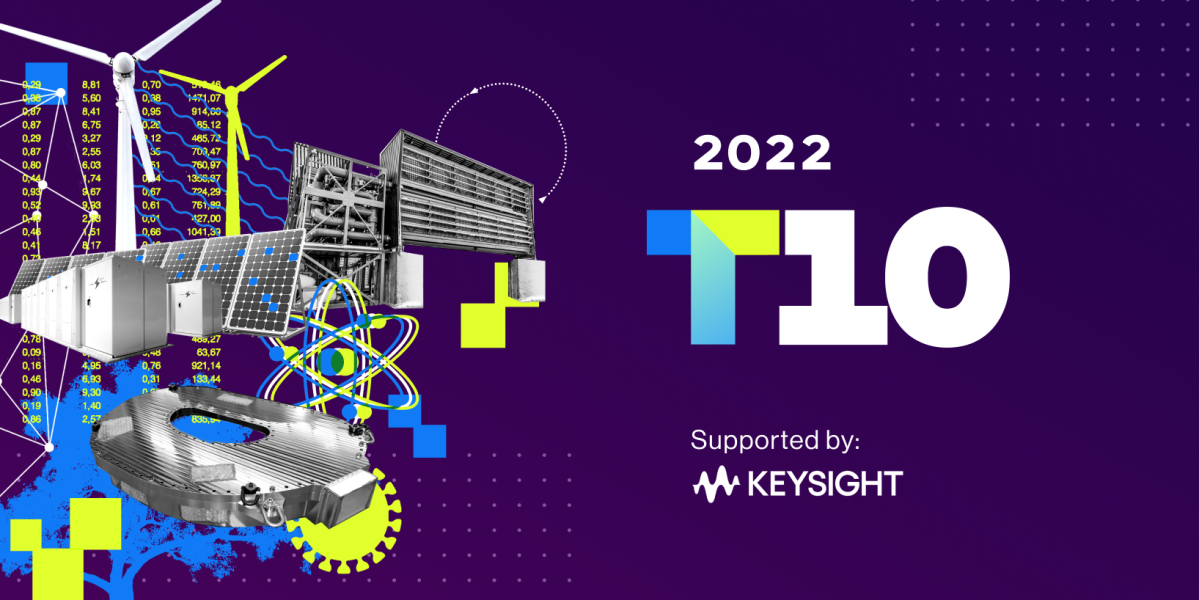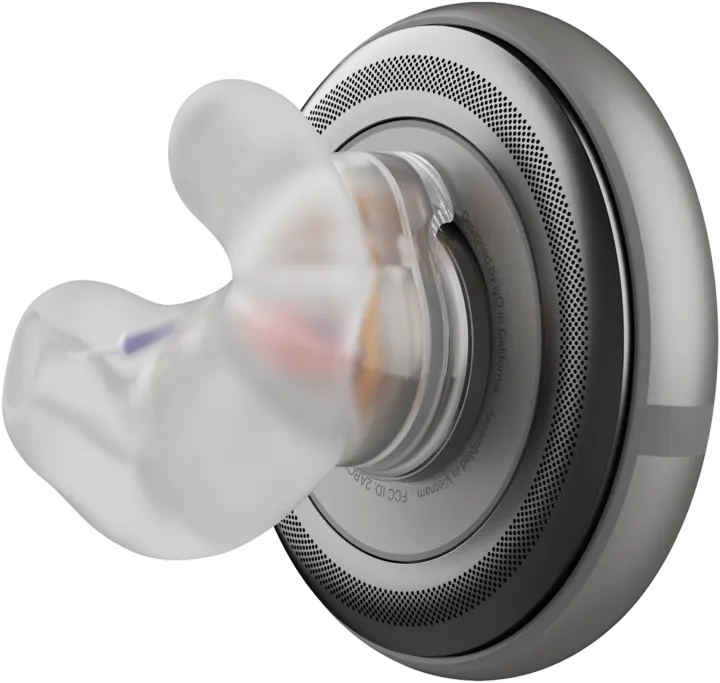10 technologies that will shape our next five years

Last week we had one of the numerous forecasts about technology (*) that we've been reading for so many years.

I'm not going to have an opinion about the pertinence of these Top 10 lists; we all know they are always proven wrong in hindsight. But, they are an excellent playground to exercise our innovation muscles. The reason is that, knowingly or not, these lists do two things:
- Try to point at a key problem reaching critical mass in the market that the technology could solve;
- Hint at a power law (such as Moore's law) about scale, cost, or efficiency, with an idea of when this technology would be ready for mass production.
Here's what I mean:
Biometric authentication is not that interesting by itself.
But the underlying problem to be solved is that with Moore's law and soon-enough quantum computers, most of the encryption protocols used worldwide are becoming as safe as cheap bike locks in central Manhattan.
And there are two power laws at play: how fast Moore's law will jump to crack TLS/SSL, IPsec, or SSH protocols, and how fast will the cost of high-resolution biometric recognition be compatible with the deployment on everyday objects (not only your $1,500 iPhone).
Working your mind around all these technologies to understand the underlying future market and the speed at which it can be unlocked is pretty much the only thing innovation is about:
Innovation is the market introduction of a technical of organizational novelty, not just its invention. - Joseph A. Schumpeter
(*) As a quick reminder, in 2022, deeptech means R&D, technology means science, and tech means consumer digital platforms. I know, I know...




